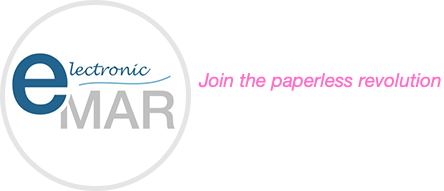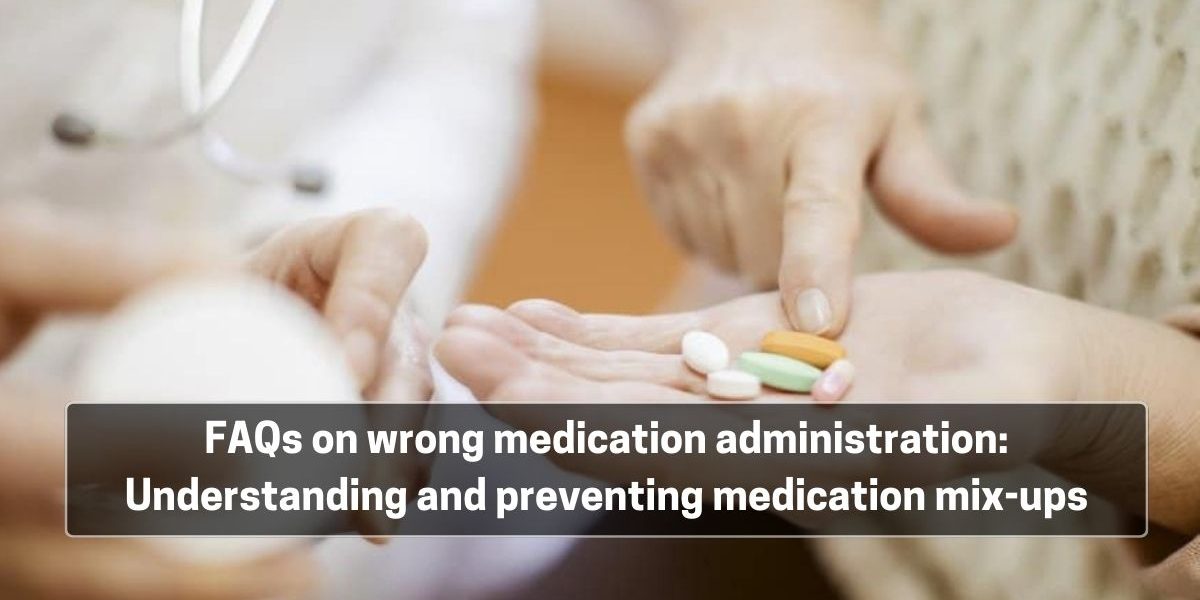Administering the wrong medication can have disastrous consequences for the patient and can compromise the quality of care. Various reasons contribute to such errors, including similar drug names, changes in prescriptions unknown to the caregiver, and more. Here, we share some of the frequently asked questions regarding wrong medication administration, one of the common types of medication errors, to help eliminate such occurrences.
- What are the common causes of wrong medication administration?
Common causes of wrong medication administration include drugs with similar names or appearances, leading to confusion. Illegible handwriting on prescriptions also results in pharmacists dispensing incorrect medicines. Miscommunication between healthcare workers, especially during shift changes, is another reason.
Healthcare staff’s inadequate knowledge or training about a wide range of medications, reliance on memory, and failure to stay updated with new drugs are also important factors that cause wrong medication administration. Environmental stressors, such as high workloads, staff shortages, and constant interruptions in healthcare settings, further increase the risk of medication errors.
- What role does communication play in preventing wrong medication administration?
Clear and accurate communication among healthcare staff ensures that the right medication and dosage are administered to the right patient. This includes verbal communication, as well as accurately and clearly written or electronically entered prescriptions and medication orders.
- How can technology reduce wrong medication administration?
Technology plays an important role in reducing wrong medication administration errors. The electronic medication administration record (eMAR) is one such software that can greatly help minimise these errors. It assists in the following ways:
- Barcoding Technology: Barcoding technology streamlines the validation process of the eight rights of medication administration: patient, medication, dose, time, route, documentation, reason, and response. By scanning the patient’s and medication’s barcodes, nursing staff can instantly confirm the patient’s identity and ensure the correct medication and dosage are administered at the proper time and via the right route. This technology reduces the likelihood of errors, minimises reliance on manual checks, and enhances overall patient safety.
- Real-time documentation: eMAR helps the nursing staff by providing instant updates to a patient’s medication record upon administration. This real-time recording ensures that they always have access to current and accurate information regarding the medications a patient has received. This means a significant reduction in the time and potential errors associated with manual record-keeping. It also enhances the efficiency of medication management, allowing the staff to quickly verify and cross-reference administered drugs with the patient’s medication plan.
- Alerts and Reminders: eMAR systems have specialised alerts and reminders that notify caregivers of potential drug interactions, allergies, and dosage timings.
- How does ongoing staff training help in preventing wrong medication administration errors?
Ongoing staff training is important for preventing errors in medication administration. It helps staff stay updated on best practices, guidelines, and technologies. Regular training enhances skills and competency, particularly in areas such as proper medication handling, understanding pharmacology, and using technology such as electronic medication administration records and barcoding systems. Training sessions also include error awareness and prevention strategies, communication and teamwork enhancement, promoting a culture of safety, and adherence to regulations and standards.







